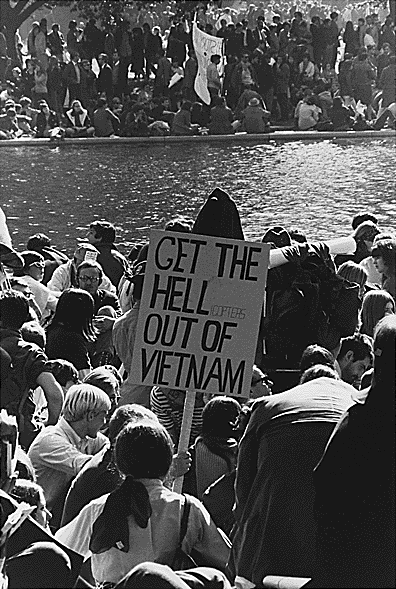She didn’t communicate the threat to Trump. Besides, saying she wanted to do something isn’t the same as saying they’re going to do something.
But even then, if it was a threat it’d have to be a true threat, meaning it has to be legitimate enough to put fear into someone. This protects speech meant in jest or hyperbole.
There is a large body of court decisions that detail these factors, most recently in 2023. In our speech loving country, we actually set a pretty high bar for what constitutes illegal speech.
A true threat is a statement meant to frighten people into believing they will be seriously harmed by the speaker. True threats are not protected by the First Amendment.

firstamendment.mtsu.edu

